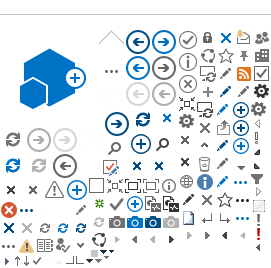The Aga Khan University Hospital offers various support services to help with managing or recovering from the disease or condition. These include but are not limited to nutrition, physiotherapy, rehabilitation, specialised clinics and some patient support groups. Your doctor or nurse will advise you accordingly.
The Aga Khan University Hospital offers financial assistance to those who are in need and fulfil the eligibility criteria. For further information, you can contact the Patient Welfare Department. You can find the contact number of the Patient Welfare Department in the 'Numbers' section on the website homepage.
The financial counselling staff is available during office hours, at the main PBSD (Patient Business Services Department), to answer your financial queries on treatment costs and authorise admissions on partial deposit as per hospital policies. The financial counsellor in the emergency room is open 24/7. You can find the contact number of the Patient Business Services in the 'Numbers' section on the website homepage.
